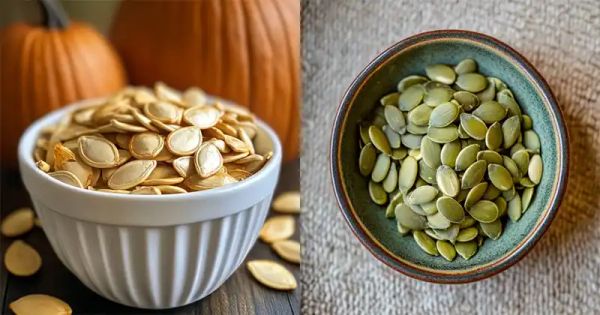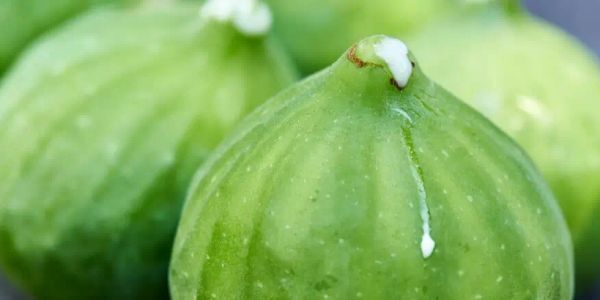
Have you ever seen a plant in your yard that looks like a weed? Before you think about removing it, you should know that it might actually be the incredible purslane plant. This plant, once considered invasive, is now highly prized for its unique combination of health benefits and delicious flavor. It’s no wonder that purslane is making a triumphant comeback in upscale eateries and farmer’s markets.
Purslane, also known as verdolaga, was once called names like hogweed and pigweed. But now, it is finally getting the recognition it deserves as a beneficial weed. In fact, even famous people like Mahatma Gandhi held it in high regard. Dr. Artemis Simopoulos of the Centre for Genetics, Nutrition, and Health even referred to it as a “miracle plant.” This hardy plant is known for squeezing itself into gardens and cracks in pavement.
Not only is purslane easy to grow, but it also offers incredible health benefits. Dr. Simopoulos found that purslane has the highest concentration of Omega-3 fatty acids among all leafy greens. Its teardrop-shaped succulent leaves are a nutritional powerhouse, packed with antioxidants, vitamins, and minerals. And the best part? These leaves also add a slightly spicy and lemony flavor to dishes.
Sergio Vitale, chef and owner of Chicago’s Aldo’s Ristorante Italiano, reminisces about his childhood in southern Italy. He fondly remembers the use of purslane in cooking. Although the popularity of raw and pickled purslane declined in the early 1900s, there has been a recent resurgence of interest in this useful herb. Creative chefs, foragers, and farmers have sparked a renewed appreciation for purslane in the culinary world.
Interested in trying purslane yourself? A simple and delicious dish to make is purslane and basil pesto. You’ll need young, roughly cut, and rinsed purslane stems and leaves, washed basil leaves, a garlic clove, toasted almonds, lemon juice, olive oil, salt, and pepper. Just toss everything into a food processor, pulse until well combined, and slowly add olive oil while the machine is running. Season with salt and pepper to taste. This aromatic pesto can be used as a spread or mixed with pasta for a tasty meal.
Now, let’s take a look at the amazing dietary advantages of purslane:
- Omega-3 fatty acids: Purslane is a great plant-based source of omega-3 fatty acids, which are essential for brain and heart health.
- Antioxidants: Rich in antioxidants like glutathione, purslane helps protect cells, fight damage, and slow down the aging process.
- Minerals: Purslane is rich in important minerals like calcium, magnesium, potassium, and iron, among others, which are vital for good health.
- Vitamin C: This plant is an excellent source of vitamin C, which boosts the immune system and keeps you healthy.
- Beta-carotene: Purslane is also packed with beta-carotene, a precursor to vitamin A, which helps address common deficiencies.
- Melatonin: Surprisingly, purslane contains melatonin, a hormone that plays a crucial role in controlling our sleep patterns.
- Cholesterol control: The antioxidant betalain in purslane helps lower cholesterol and protects blood vessels.
- Tryptophan: Purslane is a good source of the amino acid tryptophan, which helps regulate mood and fights depression.
So, not only does purslane offer an array of health benefits but it also adds a pop of flavor to your meals. Next time you see this amazing plant in your yard, don’t break it under any circumstances – it might just save lives! Encourage your friends to explore the wonders of purslane and enjoy its culinary and medicinal benefits.




